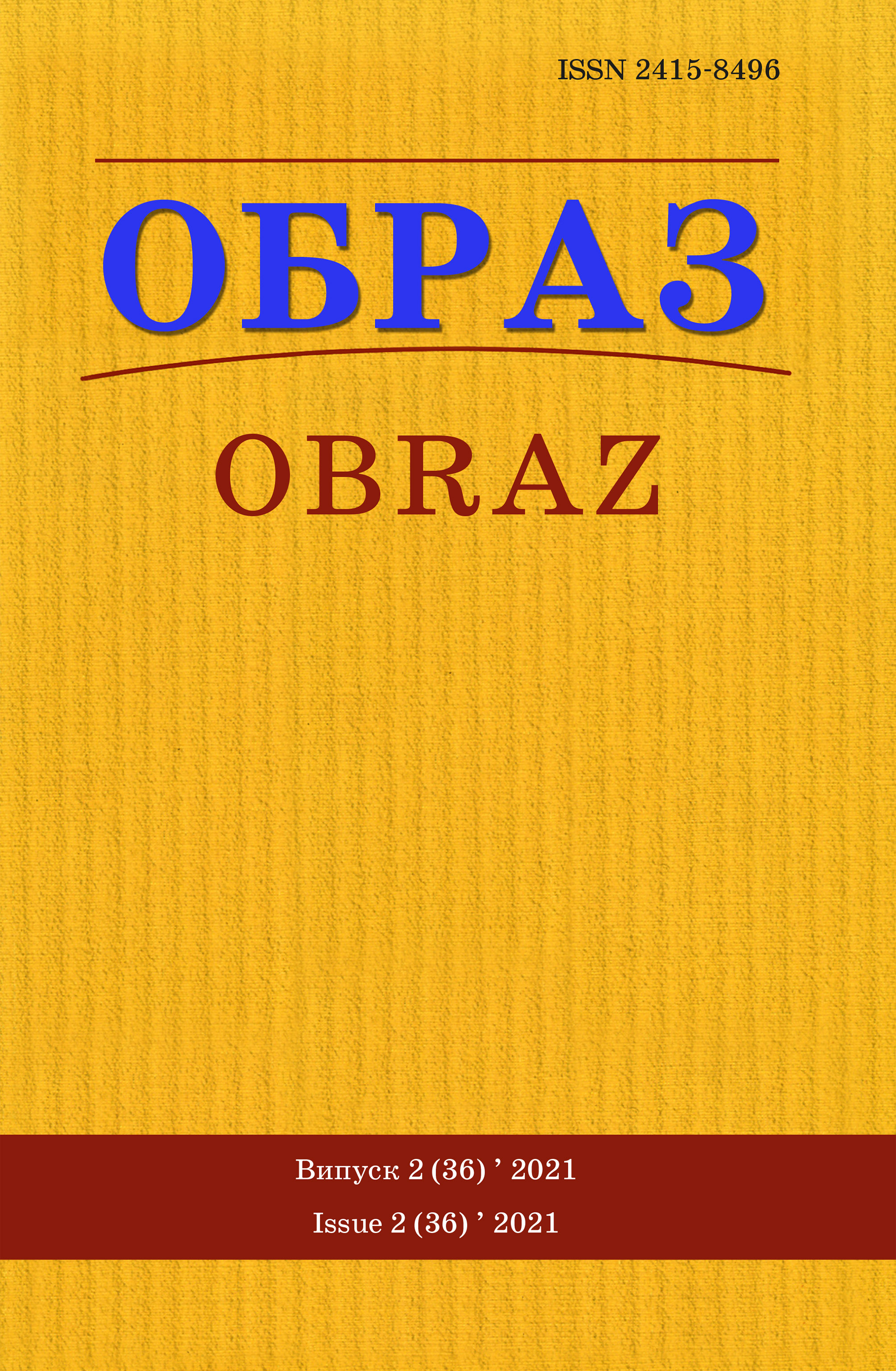Abstract
Introduction. The COVID-19 pandemic has highlighted the importance of disseminating evidence-based health advice, has influenced the acceleration of global media trends, the use of various forms of visual communication to quickly disseminate accurate information about the health sector during the COVID-19 pandemic. Infographics are perfect for this, because they make it easier for readers to understand complex information. Relevance and purpose. The purpose of our study is to determine the features of infographics as a means of medical informing during the COVID-19 pandemic. The relevance is due to the need to find out how modern media use visual communication during a pandemic and the use of infographics as a health communication tool. Methodology. The main method used in the article is content analysis. The descriptive method allowed selecting units of analysis and classifying them for analysis. The systematic approach that allowed us to identify trends concerning the peculiarities of the content of infographics. Results. As a result of the study is that in the overwhelming majority of the examples we analyzed infographics are used directly for medical information. Only sometimes infographics act as a source of information about the impact of the pandemic on certain areas of society. As a result of researching examples of infographics that were distributed in Ukrainian media and social networks during the COVID-19 pandemic, the features of infographics were identified as a means of medical information. In particular, these are: there is an identifier of the organization that initiated the creation of the infographic; the dominant colors are dark blue, light blue and red; infographics predominantly contain images of characters of a particular gender, rather than gender-neutral characters; dominated by “text-centric” infographics; the tools that are used in “graph-centric” infographics are histograms, charts and maps. A number of positive behavioral habits were also identified, the formation of which is aimed at the infographics (wear a mask in public places, wash hands thoroughly, etc.). So, infographics have become an effective tool for medical information during the COVID-19 pandemic. Conclusions. As a result of our research, we found out the features of infographics as a means of medical information during the COVID-19 pandemic, in particular, the possibilities of presenting the topic of coronavirus in infographics and the factors influencing on the target audience. Accordingly, the novelty and practical value of the results are important for identifying the factors affecting the state of the national information space during a pandemic.
References
1. Bokareva, Yu. S. & Romanovskaya, V. E. (2014), Infographics as a modern means of communication, Visnyk Kharkivskoyi derzhavnoyi akademiyi dyzaynu i mystetstv. Mystetstvoznavstvo. Arkhytektura, Vol. 4-5, pp. 13–16.
2. Bokareva, Yu. S., Deyneko, Zh. V. & Cheremskiy, R. A. (2016), Infographics: a modern means of digital content, Proceedings of the International. scientific-technical conf. «Polygraphic, multimedia and WEB-technologies (PMW-2016)», Kharkiv, May 16-20, 2016, Kharkiv, Vol. 1, pp. 140–141.
3. Buzinova, А. А. (2014), Infographics in visual PR-texts: typology, design techniques, Vestnyk SPbHU. Seriya «Fylologiya, vostokovedenie, zhurnalystyka», Vol. 2, no 5 (9), pp. 189– 199.
4. Samartsev, O. R., Latenkova, V. M. & Onupryenko, K. A. (2020), Specifics of the reflection of the Covid-19 pandemic in new media formats, Sotsyalnye kommunykatsii, Vol. 3 (39), pp. 17–29.
5. Simakova, S. I. & Fedotovskiy, V. V. (2016), Infographics: past, present, future, Znak: problemnoe pole medyaobrazovaniya, Vol. 3 (20), pp. 13–25.
6. Tsukanova, H. O. (2013), Infographics as an effective visual component of the advertising message, Naukovi zapysky Instytutu zhurnalistyky, Vol. 50, pp. 129–133.
7. Chabanenko, M. V. (2012), Computer infographics and other ways of compressing information on the Internet, Derzhava ta rehiony. Seriya: Humanitarni nauky, Vol. 4, pp. 89–92.
8. Shved, О. (2015), Infographics as a means of visual communication in modern journalism, Humanitarna osvita u tekhnichnykh vyshchykh navchalnykh zakladakh, Vol. 30, pp. 305–313.
9. Shevchenko, А. О. (2020), Visualization of information by means of infographics in covering the topic of the coronavirus pandemic, Proceedings of the All-Ukrainian. scientific-practical conf. «Social communications: strategic interaction and mutual influence», Zaporozhye, 2020, pp. 154–157.
10. Beene, S., Koelling, G. & Thompson, D. (2020), Recommendations for Creating Inclusive Visual Communication During a Pandemic, Visual Resources Association Bulletin, Vol. 47, no. 2, pp. 3–15.
11. Hamaguchi, R., Nematollahi, S. & Minter, D. (2020), Picture of a pandemic: visual aids in the COVID-19 crisis, Journal of Public Health, Vol. 42, no. 3, pp. 483–485.
12. Ilder, S. (2020), Popular Methods for Online Storytelling, Usabilla, 19.09.2013. available at: http://blog.usabilla.com/popular-methods-online-storytelling/ (accessed: 12.02.2021).
13. Jacob, R. (2020), Visualising Global Pandemic: A Content Analysis of Infographics on Covid–19, Journal of Content, Community & Communication, Vol. 11, no. 6, pp. 116–123.
14. Tahir, H. M., Padil, N., Abd Rashid, M. S., Baharom, S. N. & Kamarudin, D. (2020), Visual Communication as a Medium Sending Standard Operating Procedure (Sop) Message to Public During Pandemic Covid-19, Proceedings of the International Conference of Innovation in Media and Visual Design (IMDES 2020), Atlantis Press, pp. 173–179.

This work is licensed under a Creative Commons Attribution 4.0 International License.

